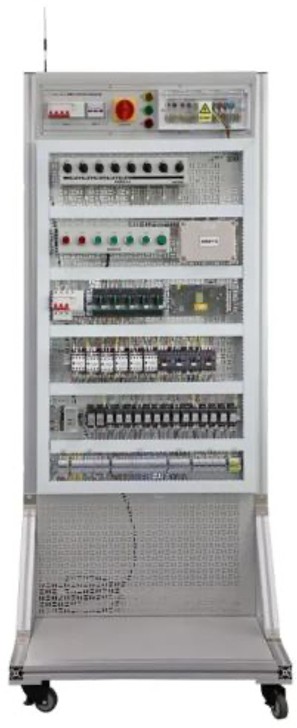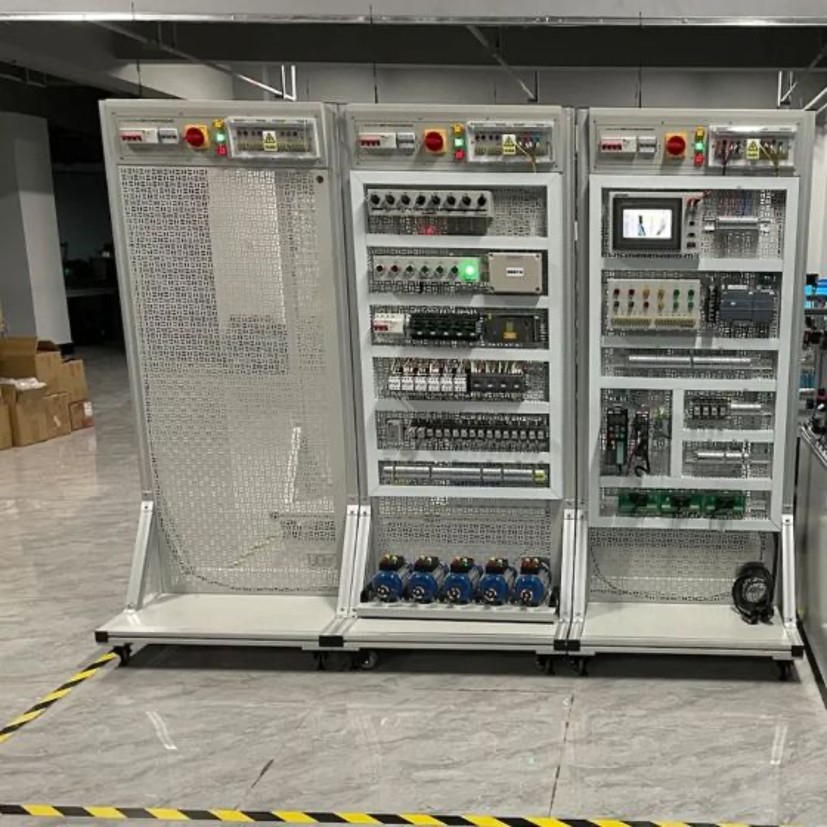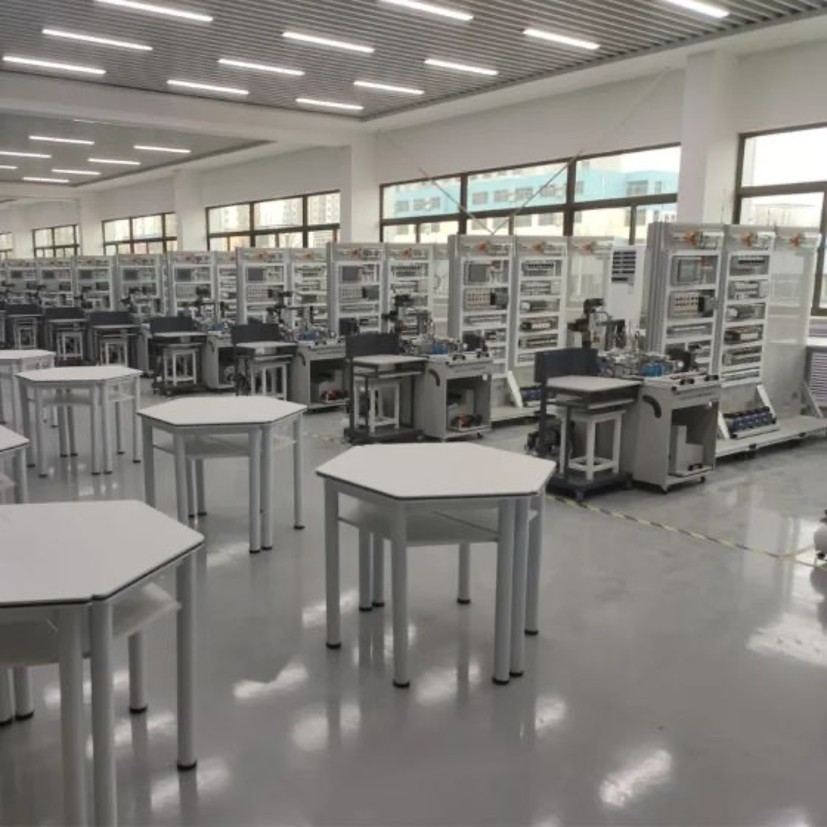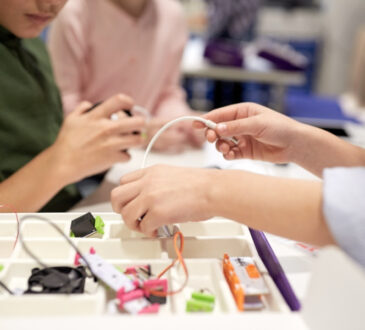
1. Introduction
In today’s rapidly evolving technological landscape, it’s crucial for professionals in the electrical industry to stay updated with the latest advancements in their field. This includes being familiar with the latest electrical training equipment.
Electrical training equipment has come a long way in recent years, with cutting-edge technologies being integrated to provide a more immersive and effective learning experience. These advancements not only enhance the training process but also prepare electricians and technicians for the ever-changing demands of the industry.
2. Traditional Electrical Training Equipment
A. Common electrical training equipment used in the past:
- Circuit boards: These were used to demonstrate basic electrical circuits and components, such as resistors, capacitors, and diodes.
- Power supplies: These devices provided a controlled source of electrical power, allowing students to experiment with different voltage and current levels.
- Multimeters: These tools were used to measure various electrical quantities, like voltage, current, and resistance.
- Breadboards: These prototyping boards allowed students to construct and test circuits by connecting various components together.
B. Limitations and challenges associated with traditional equipment:
- Safety concerns: Traditional electrical training equipment often involved working with actual power sources, which could pose safety risks for inexperienced students.
- Limited scalability: With physical equipment, it can be challenging to scale up training programs to accommodate a larger number of students or provide more advanced training.
- Cost: Traditional equipment can be expensive to purchase and maintain, making it difficult for educational institutions with limited resources to provide comprehensive electrical training.
- Lack of flexibility: Once a circuit was built on a breadboard or circuit board, it was challenging to modify or experiment with different configurations without physically dismantling and rebuilding the circuit.
Fortunately, advancements in technology have brought us modern electrical training solutions that address these limitations. These include virtual simulation software, online learning platforms, and interactive tutorials that provide a safe and cost-effective way to learn about electrical systems. These new tools offer scalability, flexibility, and enable students to explore and experiment without the constraints of physical equipment. If you’re interested, I can provide more details on modern electrical training options!
3. Overview of Emerging Technologies in Electrical Training Equipment

A. Virtual Reality (VR) and Augmented Reality (AR) applications:
These technologies offer realistic simulations, allowing trainees to experience electrical scenarios in a virtual environment. VR and AR can provide a hands-on learning experience, allowing users to interact with electrical components, practice troubleshooting, and learn safety protocols.
B. Interactive training software and online platforms:
With the rise of remote learning, interactive training software and online platforms play a crucial role in electrical training. These tools enable trainees to access courses, tutorials, and collaborative exercises from anywhere, making learning more accessible and convenient.
C. Smart sensors and real-time feedback systems:
These technologies enhance safety and performance evaluation in electrical training. Smart sensors can detect and monitor electrical parameters, providing real-time data to trainers and trainees. Additionally, real-time feedback systems can analyze trainees’ performance, offering personalized guidance and assessment.
These emerging technologies in electrical training equipment offer exciting possibilities for engaging, immersive, and efficient learning experiences. By leveraging VR, AR, interactive software, online platforms, smart sensors, and real-time feedback, trainees can enhance their skills, knowledge, and safety in the electrical field. Let me know if there’s anything else I can assist you with! Maybe by clicking here you can learn more.
4. Cutting-Edge Innovations in Electrical Training Equipment
A. Advanced circuit simulation tools and software Gone are the days of relying solely on textbooks and physical circuits for hands-on experimentation.
Advanced circuit simulation tools and software have taken electrical training to a whole new level. These tools allow trainees to design, build, and test virtual circuits in a safe and controlled environment. With realistic simulations, trainees can experiment with different components, analyze circuit behavior, and troubleshoot issues without the need for physical equipment. This not only saves costs but also encourages exploration and creativity in learning.
B. Portable and compact training kits With the increasing demand for flexibility and mobility, portable and compact training kits have become a game-changer in electrical education.
These kits are specifically designed to be lightweight and easily transportable, allowing trainees to take their learning experiences on-the-go. Equipped with essential tools, components, and instructional materials, these kits enable trainees to gain practical knowledge wherever they are. Whether it’s in a classroom, workshop, or even out in the field, portable training kits ensure uninterrupted learning and hands-on practice.
C. IoT-enabled equipment As the Internet of Things (IoT) continues to revolutionize various industries, it has also made its way into electrical training equipment.
IoT-enabled devices and systems offer trainees a unique opportunity to learn about monitoring and controlling electrical systems remotely. Trainees can interact with sensors, actuators, and smart devices, simulating real-world scenarios and understanding the intricacies of IoT integration in electrical systems. This advancement not only provides a deeper understanding of IoT principles but also prepares trainees for the growing demand for smart and interconnected electrical solutions.
These cutting-edge innovations in electrical training equipment are shaping the future of learning in the electrical industry. With advanced circuit simulation tools and software, portable training kits, and IoT-enabled equipment, trainees can explore, experiment, and develop their skills in a dynamic and interactive way. By embracing these innovations, professionals can stay at the forefront of the industry and confidently tackle the challenges of an ever-evolving electrical landscape.
5. Benefits of the Latest Innovations
A. Improved safety and risk reduction during training exercises:

- Realistic simulations: The latest innovations enable trainees to experience realistic scenarios in a controlled environment, reducing the risk of accidents or injuries during training exercises.
- Virtual reality (VR) training: Virtual reality technology allows trainees to practice hazardous tasks without exposing them to actual physical risks, ensuring a safer training experience.
- Remote training capabilities: With the latest innovations, trainees can participate in remote training sessions, reducing the need for travel and minimizing potential risks associated with onsite training.
B. Enhanced engagement and interactivity for trainees:
- Gamification: Incorporating game elements into training programs boosts trainee engagement by making the learning process more enjoyable and interactive.
- Interactive simulations: Through the use of interactive simulations, trainees can actively participate in the training, making decisions and solving problems, which enhances their overall engagement and knowledge retention.
- Personalized learning experiences: The latest innovations allow for adaptive training programs that cater to individual trainees’ needs, promoting higher engagement and ensuring that each trainee receives a customized learning experience.
C. Time and cost savings through efficient training methodologies:
- Remote training platforms: With the latest innovations, training can be conducted remotely, eliminating the need for physical training facilities and reducing associated costs.
- Virtual training environments: By utilizing virtual training environments, organizations can save costs on equipment, materials, and maintenance, while still providing an effective training experience.
- Data-driven training optimization: Advanced analytics and machine learning algorithms can analyze training data, identify areas of improvement, and optimize training methodologies, leading to more efficient and cost-effective training programs.
6. Challenges and Future Outlook
A. When it comes to the adoption of new technologies, there are a few challenges and limitations that may arise.

One challenge is the initial cost of implementing the new technology. Often, incorporating advanced electrical training equipment can be costly, especially for smaller institutions or businesses with limited budgets.
Another challenge is the learning curve for users. As new technologies are introduced, there may be a need for additional training to ensure that users can effectively utilize the equipment. This can be time-consuming and may require additional resources.
Additionally, compatibility issues with existing infrastructure or systems could pose a challenge. It is important to ensure that the new technology can seamlessly integrate with the existing electrical training setup without causing disruptions.
B. Looking towards the future, there are exciting trends and potential advancements in electrical training equipment.
One trend is the increasing use of virtual reality (VR) and augmented reality (AR) technologies. These immersive technologies can provide realistic simulations and hands-on experiences, allowing trainees to practice in a safe and controlled environment.
Another potential advancement is the use of artificial intelligence (AI) in electrical training equipment. AI algorithms can analyze trainee performance, identify areas of improvement, and provide personalized feedback. This can greatly enhance the effectiveness of training programs.
Furthermore, advancements in remote and distance learning technologies may allow for more flexible and accessible electrical training. These technologies can enable trainees to access training materials and participate in virtual classes from anywhere, removing geographical barriers and increasing convenience.
Overall, the future of electrical training equipment looks promising with advancements in VR, AR, AI, and remote learning technologies. These innovations have the potential to revolutionize the way electrical training is conducted, enhancing the learning experience and preparing individuals for the electrical industry of tomorrow. If you are interested in more training equipment, please click https://dolangedu.com/
7. Conclusion
The benefits of embracing these innovations were also emphasized. By incorporating the latest electrical training equipment, trainers can provide a more comprehensive and realistic learning experience to their students. This leads to improved skills, increased safety, and enhanced efficiency in the workplace.




